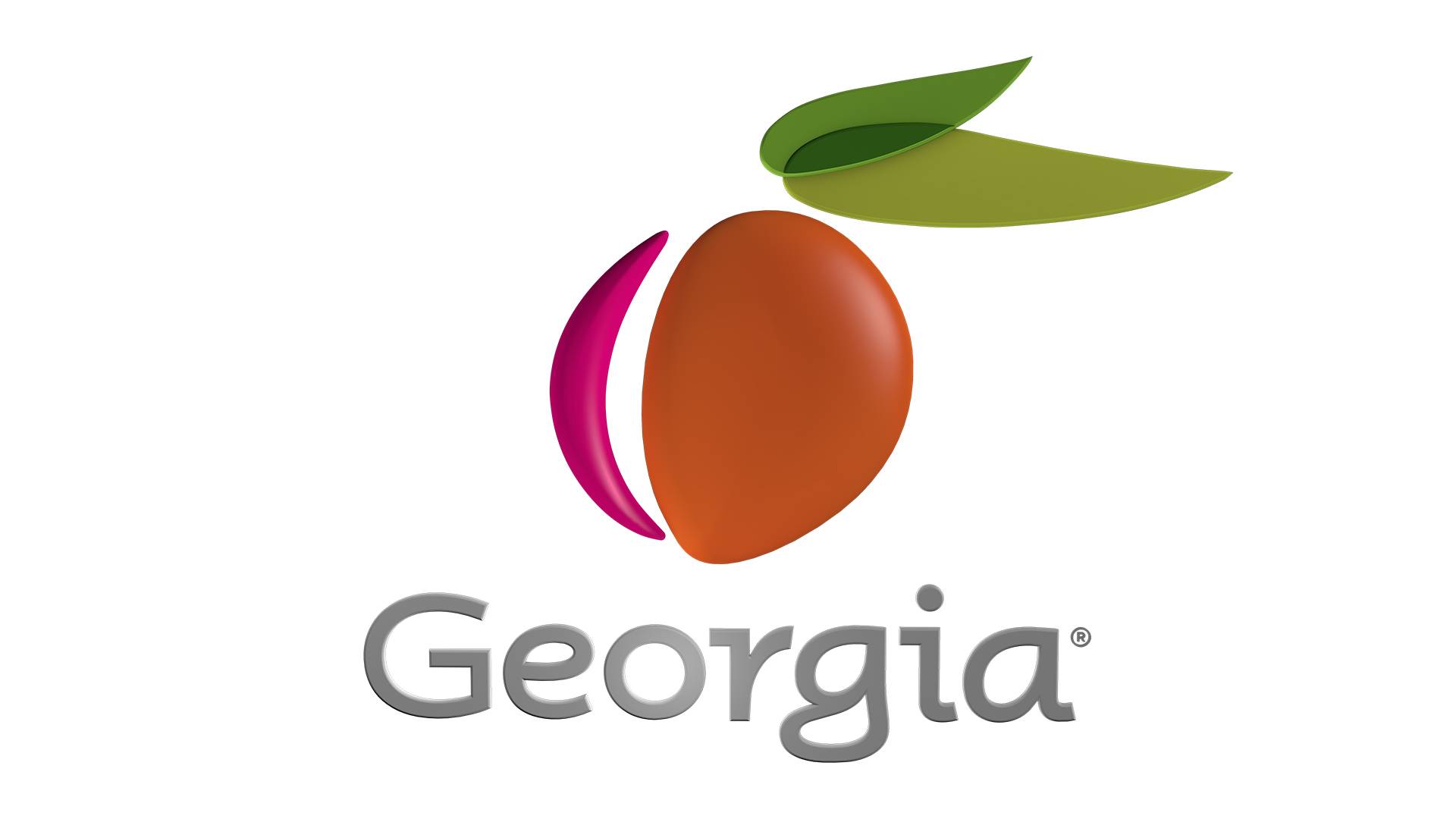Behind the Beat: The Role of Black Producers in Music Evolution

Over the past several decades, pop culture has usually pushed the artist to the forefront when discussing the rich history of Black music in America. When discussing influential genres, including R&B and hip hop, acknowledging the significance of producers in shaping the evolution of these sounds is just as important. Looking back into the earlier forms of Black music that inspired those genres, it’s important to highlight the contributions of W.C. Handy. Known as the “Father of the blues,” Handy was the first to publish Blues music.
The genre's popularity would evolve into what’s now referred to as rhythm and blues near the 1940s and early 1950s. Around that time, Louis Jordan’s 1944 hit song “Is You Is or Is You Ain’t My Baby” became what many would consider a foundation for what would eventually become R&B. Music journalist Jerry Wexler first coined the term as a marketing term to promote pioneers of the genre including Ray Charles, the Drifters and Ruth Brown during his time at Atlantic Records.
However, the genre would reach cross-over popularity nationally and internationally thanks to Motown Records. The iconic Detroit-based record company started by songwriter/producer/entrepreneur Berry Gordy Jr. With a creative process inspired by the assembly line approach taken at automotive manufacturing plants, the label had a powerful in-house collective of hit-making producers who would shape R&B even further. Other genres would evolve from R&B, including soul, funk and later on disco.
Smokey Robinson was making hits for The Miracles, Mary Wells and The Temptations when he wasn’t doing his own solo recordings. Meanwhile, other producers who helped Motown reach chart-topping dominance Norman Whitfield, Holland-Dozier-Holland (Lamont Dozier, Brian Holland and Eddie Holland), Ashford & Simpson, Frank Wilson and many more. Other recording artists/producers/songwriters on the label like Stevie Wonder and Marvin Gaye would change the trajectory of R&B well into the 70s and early 80s.
Willie Mitchell produced the biggest R&B song of the 70s in Al Green’s classic “Let’s Stay Together” which ended up on Billboard’s Hot 100 for 16 weeks and topped the R&B charts for nine. Heading into the late 70s, Quincy Jones had already spent the past several decades as a musical pioneer in jazz. His most defining work in pop music would become the successful three-run album with pop icon Michael Jackson through Off The Wall, Thriller, and Bad.
By then, Jamaican immigrant and DJ Clive Campbell had already been throwing parties in The Bronx under DJ Kool Herc, setting the stage for a production technique that would shape the sound of early hip hop during the late 70s. Eventually, this would give rise to notable producers in the genre such as Larry Smith, Marley Marl, Mantronix and Prince Paul, among others. Most of these producers in hip hop sampled everything from disco to R&B from decades prior. R&B reached new pop music heights as Janet Jackson pushed R&B and mainstream boundaries herself with producer protegees Jimmy Jam & Terry Lewis.
By the time the late ‘80s hit into the '90s, Dr. Dre would lay the groundwork for early gangster rap by sampling George Clinton and Parliament Funk. Once the 90s were in full swing, both R&B and hip-hop began to inspire one another musically. There isn’t a better example than Teddy Riley, who introduced new jack swing to both genres. Other producers who would be key to the fusion of both genres include Jermaine Dupri, Sean “Diddy, Love, Puffy” Combs, The Neptunes and Timbaland. The fusion of the two sounds would lead to influential moments that are still felt today, even in unrelated genres of music.
Regarding more traditional takes on R&B, producers Babyface, Bryan-Michael Cox, Raphael Saadiq, Raphael Saadiq, Dallas Austin and more would ensure the genre’s raw essence remained. Established heartbeats of hip hop were maintained through producers such as DJ Premiere, Pete Rock, RZA, Q-Tip, J Dilla, and Large Professor, among others as the new century pushed into the 2000s, producers like Kanye West, Swizz Beatz, Mannie Fresh, Lil Jon, and much more.
With the rise of digital culture leading into the 2010s, many top-ranking R&B and hip-hop producers began to emerge from creative hubs like Atlanta through Metro Boomin and Mike WiLL Made-It and Toronto like Boi-1da. DJ Mustard even led to a sonic resurgence for regional West Coast production.
Stepping into the future, it's essential to recognize and celebrate producers who have shaped music and influenced culture and even our ways of expression. Their sonic innovations continue to resonate, bridging generations and uniting us through the universal language of music.
